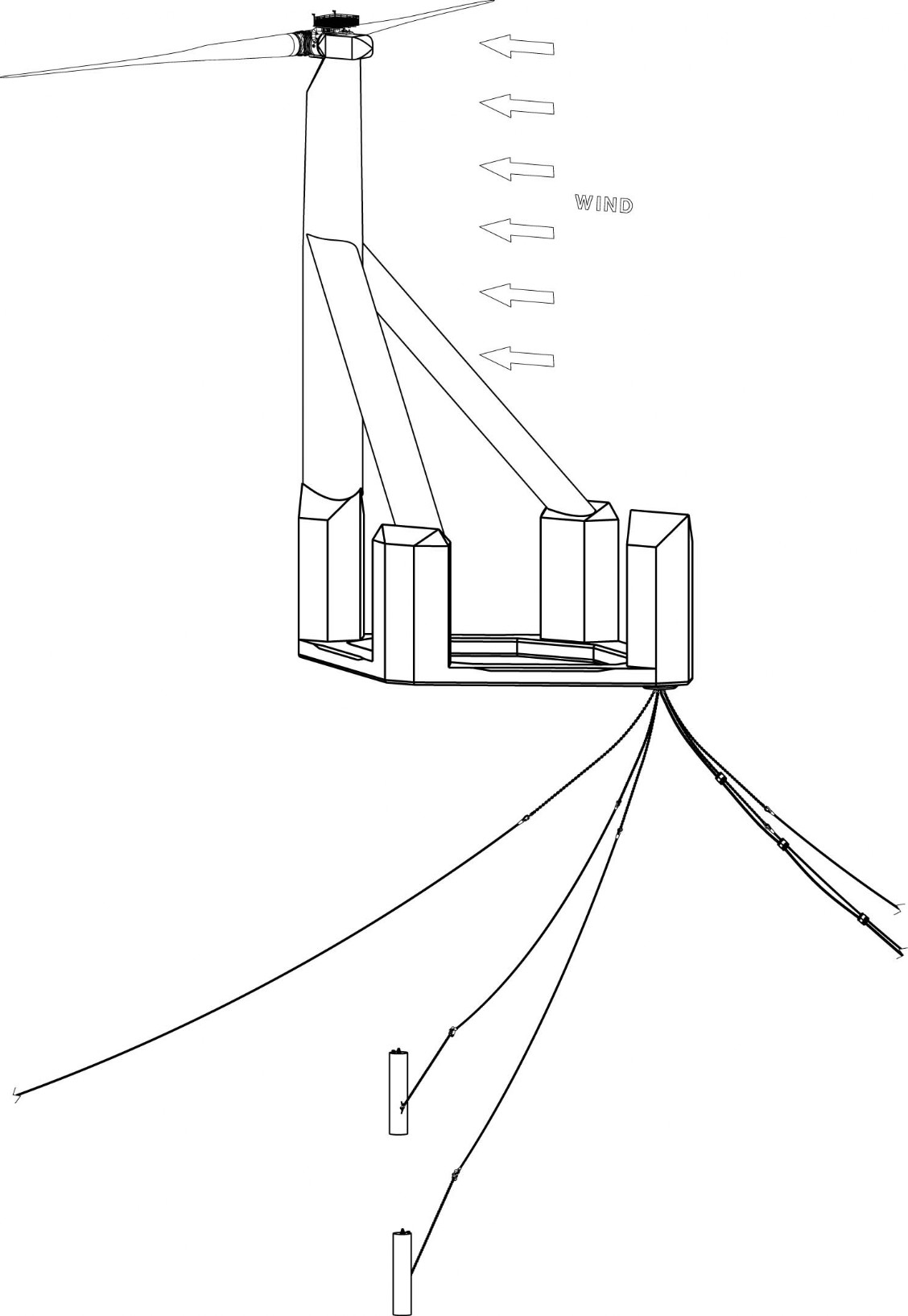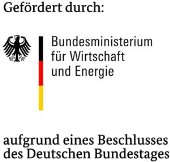DNV GL

Hydrodynamic and structural evaluation
for self-adjusting floating wind turbine
for self-adjusting floating wind turbine
The HyStOH project
The recent years have shown enormous developments that have pushed the limits of renewable energy generated offshore, and this evolution has not stopped yet. Concepts for floating offshore wind turbines (FOWT) are being investigated, allowing for the exploitation of offshore wind energy at greater water depth. In the HyStOH project, partners from industry, and research have joined forces to develop a semi-submersible platform and support structure for offshore wind turbines, supported by the BMWi. The aerodynamic (and hydrodynamic) design of this concept together with a dedicated station keeping system foster the passive self-adjustment of the platform to the current wind direction, making the active yaw system of conventional wind turbines obsolete. In addition, the steel design of the floater applies standard ship compartment structures which reduces manufacturing costs, while the moderate draught shall enable the economic quayside assembly.
DNV GL – Energy, Renewables Certification
DNV GL participates in the HyStOH project with the business unit Renewables Certification (RC). RC is the leading certification body in renewable energy with vast experience in type and project certification of onshore and offshore wind turbines. For novel solutions, Technology Qualification is applied to ensure that structures fulfill the safety requirements without compromising technology development. Furthermore, DNV GL contributes to the development of relevant rules and standards, and publishes own guideline documents, for example the new service specification DNVGL-SE-0422 Certification of floating wind turbines and the updated standard DNVGL-ST-0119 Floating wind turbine structures. Consequently, DNV GL’s experience plays a relevant role in the development of this innovative floating wind energy concept.
Prior to the design of structural components, the project partners agreed on the overall environmental conditions, the design methodologies, the safety concept, testing and validation procedures, the applied code and standards for the later design of the concept. DNV GL contributed in particular on the design basis document comprising these technical boundary conditions as a road map for the project.
DNV GL provided the definition of design load cases for the conceptual design of the innovative floater. Also, DNV GL developed a reduced load case set which on one hand meets the requirements for a conceptual design and enables fast and efficient optimization for the different partners on the other hand. With the in-house code Bladed, DNV GL performed load calculations using a fully dynamically coupled, integrated simulation model. This model covers the complete turbine, the tower, the floater and the mooring system under simultaneous impact of turbulent wind and stochastic sea states while taking the non-linear turbine control characteristics into account.
In structural design DNV GL consults the project partners in application of steel design standards for the tower and the floater, collaborates in the structural assessment and supports the design for the mooring and anchoring system.

